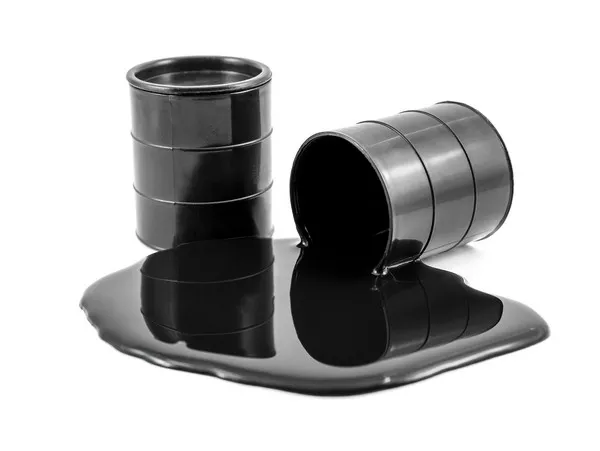Oil prices experienced a slight uptick on Friday, poised to conclude the week with modest gains, as markets anxiously awaited a decision from OPEC+ regarding supply agreements for the second quarter. Divergent demand indicators from major consumers, the U.S. and China, contributed to the uncertainty.
By 0645 GMT, Brent futures for May had climbed 31 cents, or 0.38%, reaching $82.22 a barrel. Simultaneously, U.S. West Texas Intermediate (WTI) for April rose 24 cents, or 0.31%, reaching $78.50. WTI was on course for a weekly increase of at least 2.5%, while Brent held close to last week’s settlement price, maintaining stability above the $80 mark for three consecutive weeks.
BMI analysts noted that Brent crude prices remained relatively stable throughout the week, with recent strength observed at $83 per barrel, despite underlying fundamentals favoring oversupply. Anticipation of OPEC+ extending production cuts into Q2 2024 influenced sentiment, given the expectation of persistent soft demand. However, the widening of timespreads for Brent futures contracts suggested a more bullish stance, with markets factoring in tightening in the coming months.
A Reuters survey indicated that OPEC pumped 26.42 million barrels per day (bpd) in February, representing a 90,000 bpd increase from January. Libyan output also rose by 150,000 bpd month-on-month. A decision on extending production cuts is anticipated in the first week of March.
The likelihood of Saudi-led OPEC+ maintaining supply cuts beyond the first quarter, potentially until the end of 2024, is anticipated to keep oil prices above $80 per barrel, according to Suvro Sarkar, the energy sector team lead at DBS Bank. Expectations of Saudi Arabia maintaining crude prices for Asian customers at March levels in April also supported the market.
On the demand side, the U.S. personal consumption expenditures (PCE) index, the Federal Reserve’s preferred inflation gauge, showed January inflation aligning with economists’ expectations. This reinforced market expectations for a June interest rate cut, which could potentially reduce consumer costs and stimulate fuel buying activity.
However, mixed February purchasing managers’ index (PMI) data from China, the world’s leading oil consumer, tempered price gains. China’s manufacturing activity contracted for the fifth consecutive month in February, as per an official factory survey, placing pressure on Beijing to implement additional stimulus measures.
DBS Bank’s Suvro Sarkar projected second-quarter hiccups in demand, anticipating Brent to average lower in Q2 2024 compared to Q1 2024. However, a potential rate cut scenario in the latter part of 2024 could boost fund flows towards riskier assets, leading to a rebound in oil prices in the second half of the year.


